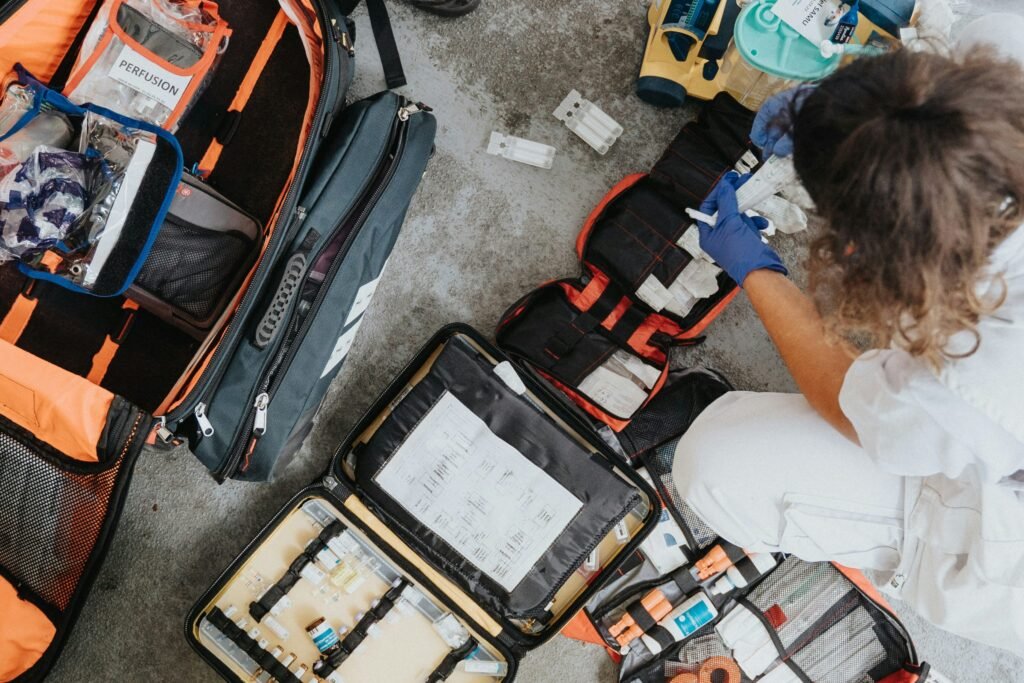This article explores Southeast Asia’s climate future, the impact of climate change on the area, creative solutions such as community-driven projects, and a call to support sustainable housing efforts and developments.
Climate change is one of our generation’s most important concerns. Its effects may be observed worldwide, including Southeast Asia (SEA). With rising temperatures and more frequent catastrophic weather events, it’s evident that SEA is at the frontline of this struggle. There is, nevertheless, hope. Through collaborative efforts and innovative solutions, SEA can still beat the heat in 2023.
The Rising Tide of Climate Change in SEA
Climate change has had a wide range of global implications, including the melting of polar ice caps and the acidity of the seas. These are not only long-term implications but also felt on a regional level in SEA, where rising temperatures, irregular weather patterns, and land degradation are becoming more widespread.
The climate of Southeast Asia has altered dramatically in recent decades, with major temperature increases, notably in cities such as the Philippines, Singapore, Thailand, and Indonesia. These high temperatures have put a strain on local infrastructure, increasing demand for energy, water, and other resources.
This has resulted in challenges such as food security, floods, and public health concerns. With low-lying coastlines and frequent extreme weather events, the area is on the front lines of the issue. Poverty, inadequate infrastructure, and weak governance are exacerbated by rapid urbanization, limited resources, and social inequality.
Innovations and Solutions: SEA’s Response
SEA has taken a proactive approach to addressing climate change in the face of these obstacles. Countries are investing in cutting-edge technology and policies to help alleviate the effects of climate change on their people. From investments for climate tech ventures focused on solar energy farms to water conservation strategies, SEA countries are taking dramatic initiatives to decrease carbon emissions. One example of which is Singapore leading in the invention and widespread acceptance of consuming alternative proteins.
Moreover, SEA governments are actively implementing climate change policies and laws. Setting emission reduction objectives, encouraging renewable energy sources, adopting energy efficiency measures, and incorporating climate change concerns into urban planning and infrastructure development are all part of this.
SEA has also embraced community-driven initiatives in addition to technological and legislative reforms. These grassroots initiatives seek to effect change from the ground up by bringing together local communities and companies to solve major sustainability concerns. These initiatives also provide an opportunity for greater participation in society and raise awareness of sustainability issues.
The Economic Implications of Climate Action in SEA
PHOTO: Zuyet Awarmatik on Unsplash
SEA nations are acting on sustainability not only because it is the moral thing to do but also because they see the economic possibilities of a green economy. These countries lower their carbon footprint while simultaneously creating green employment and stimulating economic growth by investing in green technology.
However, SEA will need to balance economic growth with sustainable practices. Achieving net-zero carbon emissions without stifling economic growth is a difficult challenge. But the region is well-positioned to become a leader in sustainable growth, doubling down on the policy that can accelerate change.
The Road Ahead: SEA’s Climate Future
SEA countries acknowledge the need for regional cooperation and have established common goals to combat climate change. Collaborative initiatives, such as enacting climate change regulations and developing adaptation and resilience methods, have been critical in avoiding the worst consequences of climate change.
The efforts of SEA to tackle climate change must not be seen in isolation. Cooperation with the global community, primarily through international accords such as the Paris Agreement, is critical if we are to address the difficulties of climate change.
Collaborative efforts are fundamental to tackling climate change. In this regard, SEA countries are coming together to establish shared climate goals and implement region-specific policies. Adopting innovative adaptation and resilience strategies, such as flood management systems, sustainable agriculture, and eco-friendly infrastructure, is crucial for long-term climate resilience.
SEA’s climate future fits into the larger global narrative of combating climate change. As a region vulnerable to the external shocks of climate change, SEA’s efforts in this regard are fundamental to achieving global goals.
The road ahead may be challenging, but through collaborative efforts, innovative adaptation strategies, and a collective focus on sustainability, we can build a climate-resilient Southeast Asia.
Pioneering Sustainable Housing in the Philippines
BillionBricks is a pioneering climate-tech venture, creating modular homes with solar roofing systems designed to be safe, durable, and energy-efficient. These homes generate as much energy as they consume, providing a more sustainable home option for aspiring homeowners in the Philippines. BillionBricks Net-zero Homes and Communities are designed with sustainable design principles in mind, incorporating innovative green solutions and traditional building materials that stand the test of time.
Join the Fight Against Climate Change in Southeast Asia and the World
SEA is at the forefront of climate change, but with the right course of action, the region can still beat the heat in 2023. The world needs to see a collective effort to combat this significant problem, and businesses could play a crucial role.
Supporting initiatives focused on sustainability and climate tech innovation such as BillionBricks is imperative to making net-zero living more accessible for many, promoting inclusivity, equity, and resilience and contributing positively to mitigating climate change.
To know more about our BillionBricks and our net-zero homes and communities, please email us at hello@billionbricks.org.
Resources:
-
Amit Prakash. Boiling Point. Retrieved from: https://www.imf.org/en/Publications/fandd/issues/2018/09/southeast-asia-climate-change-and-greenhouse-gas-emissions-prakash
-
Khamila Mulia. Investments pour into Southeast Asia’s climate tech solutions as temperatures rise. Retrieved from: https://kr-asia.com/investments-pour-into-southeast-asias-climate-tech-solutions-as-temperatures-rise
-
WeatherHYDE. Retrieved from: https://weatherhyde.org/
-
BillionBricks Project. Retrieved from: https://villgrophilippines.org/project/billionbricks/
-
Princess Catherine Pabellano. How BillionBricks Net Zero Homes Empower Vulnerable Communities in the Philippines. Retrieved from: https://billionbricks.org/updates/how-billionbricks-net-zero-homes-empower-vulnerable-communities-in-the-philippines






